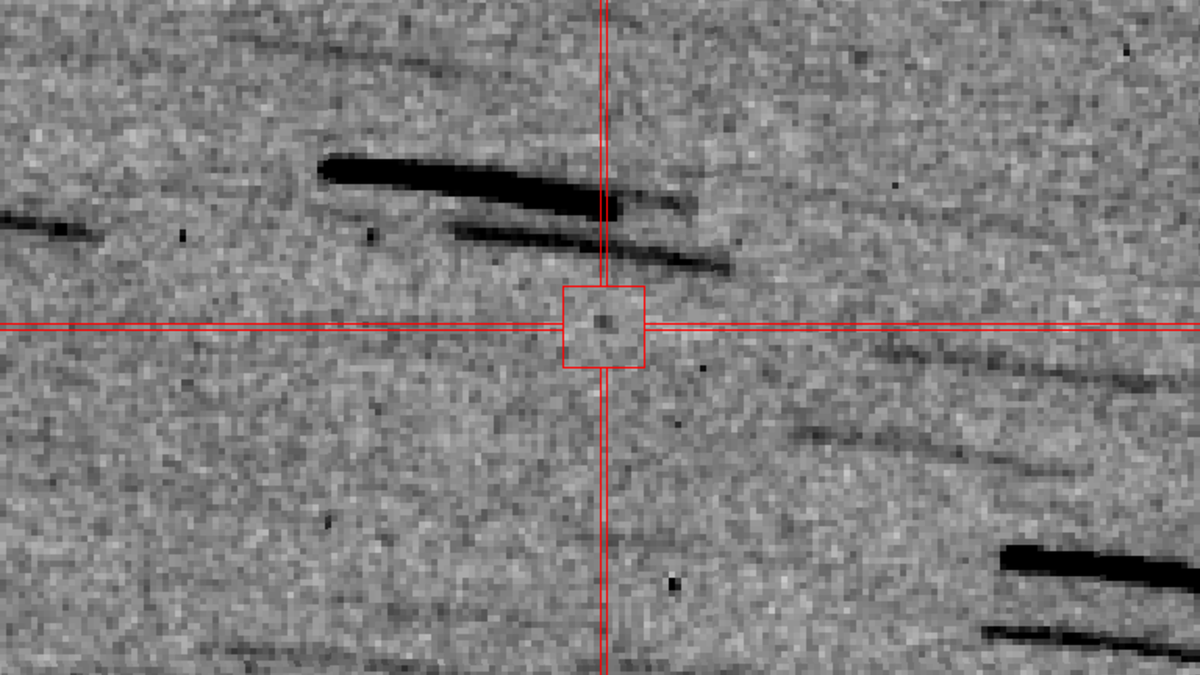NASA’s $800 million OSIRIS-REx mission launched to space in September 2016 with a simple, albeit ambitious, objective: travel to a distant asteroid and bring back a sample of it. The spacecraft is now nearly home, and scientists spotted the it for the first time last week as it made its return.
The asteroid in question is Bennu, a rubble-pile asteroid that scientists believe broke off a larger asteroid between 700 million and 2 billion years ago, according to NASA. Bennu averages an orbit of about 105 million miles from the Sun, and completes its orbit every 1.2 years. The asteroid was about 200 million miles (322 million kilometers) away when OSIRIS-REx got there to retrieve a chunk of it.
OSIRIS-REx spent December 2018 to May 2021 observing Bennu, imaging it and taking measurements of its spin, shape, and makeup. Bennu’s rocky surface contains hints as to how the solar system formed, but observations of the object only do so much. Hence: the sample return project.
Besides being caught on candid camera, mission planners changed its course last week to correctly aim OSIRIS-REx towards the sample drop-off site on Earth. The spacecraft’s velocity was tweaked by about 0.5 miles per hour (less than 1 kilometer per hour) in order to ensure OSIRIS-REx would actually arrive on Earth, instead of sailing past our pale blue dot.
The spacecraft picked up the Bennu sample in 2020; it left the asteroid for its return trip in April 2021. When the spacecraft was spotted on September 16, by the European Space Agency’s Optical Ground Station (OGS) telescope, it was 2.9 million miles (4.66 million km) from Earth. The image is actually a combination of 90 36-second exposures.
The ESA telescope, which is on the island of Tenerife, was built to spot space debris but now also contributes to astronomical surveys and observes near-Earth asteroids, which can be hazardous objects when they make near passes of Earth.
Bennu is itself one of those potentially hazardous asteroids (PHAs), because it has a chance of colliding with Earth in 161 years. However, those odds are extremely low. No, the biggest impact Bennu will likely have on Earth will come in the form of the OSIRIS-REx samples, and whatever they can tell us about the formation of the universe.
More: Samples From Asteroid Suggest Space Rocks Brought Ingredients for Life to Earth

